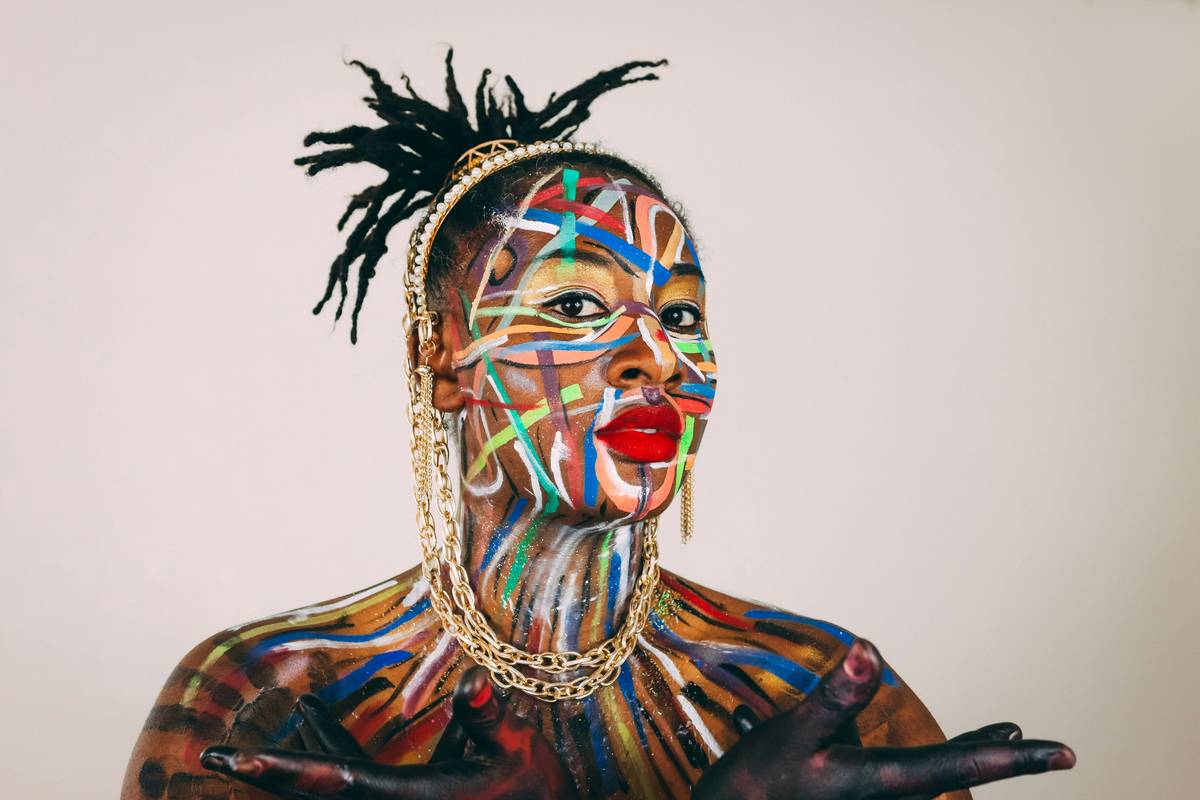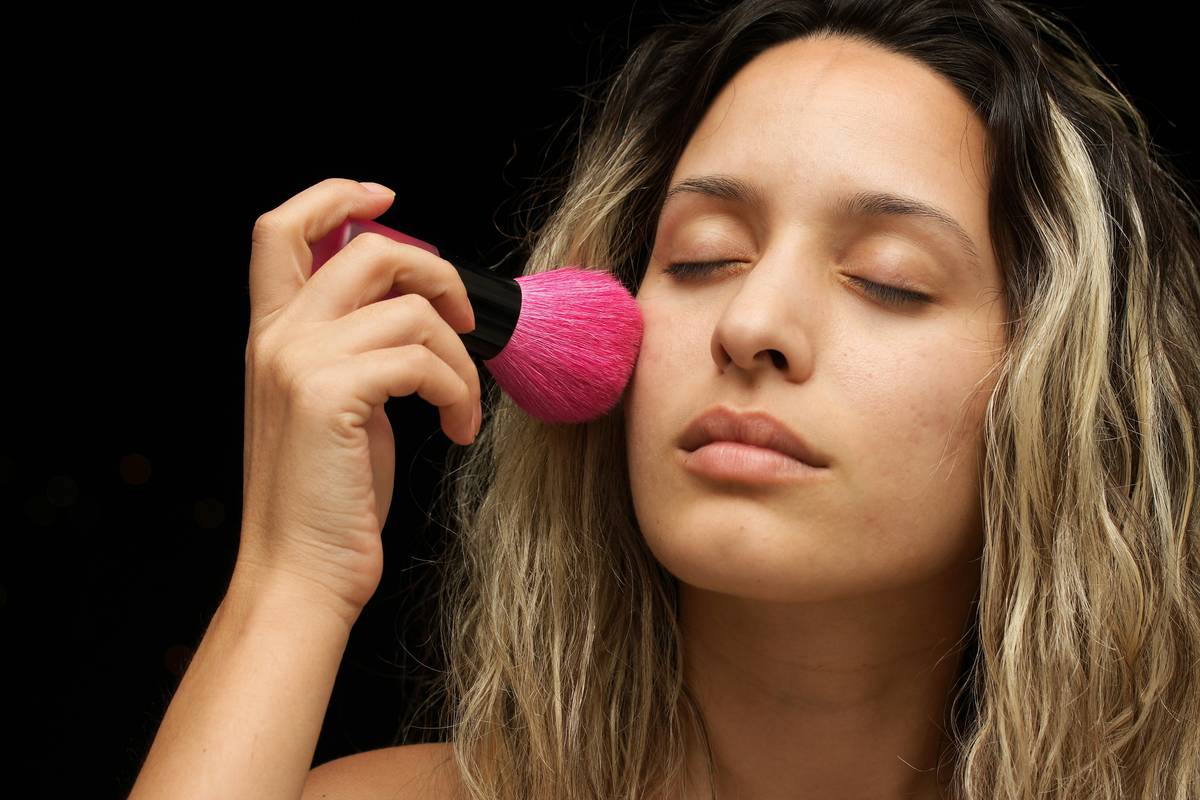Ever spent hours perfecting a makeup look only to have it fall flat in photos? You’re not alone. Editorial makeup is the secret sauce that makes models pop on magazine covers and runways—but nailing this art form requires more than just blending skills. In this guide, we’ll break down everything you need to know about editorial makeup: from foundational techniques to advanced tips that will make your work camera-ready.
Table of Contents
- Why Editorial Makeup Is Tricky (But Worth It)
- Step-by-Step Guide to Creating Stunning Editorial Looks
- Pro Tips for Succeeding in Editorial Makeup
- Real-Life Examples of Editorial Makeup Triumphs
- FAQs About Editorial Makeup
Key Takeaways
- Editorial makeup emphasizes bold, clean lines and striking details tailored for photography.
- It requires understanding lighting, angles, and skin preparation for flawless results.
- Practice, experimentation, and collaboration are key to excelling in editorial makeup.
Why Editorial Makeup Is Tricky (But Worth It)

“I once tried doing an editorial shoot without prepping the skin properly—let’s just say Photoshop had its work cut out,” I confessed to my mentor later. That day was a crash course in why editorial makeup demands precision. Unlike everyday makeup, editorial looks must translate well through lenses, which means every detail matters.
Optimist You: “With practice, you can master these challenges!”
Grumpy You: “Yeah, but if coffee isn’t fueling me, forget it.”
Sounds exhausting, right? Well, here’s the silver lining: mastering editorial makeup opens doors to high-profile gigs like fashion week, celebrity shoots, and ad campaigns. Think Pat McGrath-level fame—it’s totally worth the grind.
Step-by-Step Guide to Creating Stunning Editorial Looks
Step 1: Prep the Canvas
Achieving editorial-grade makeup starts with skin prep. Cleanse, exfoliate, and moisturize before applying primer. This ensures a smooth base that won’t cake under harsh studio lights.
Step 2: Build Coverage Strategically
Use lightweight foundation or concealer to even out the skin tone while maintaining a natural finish. For editorial purposes, less is often more; heavy contouring can look muddy in photos.
Step 3: Define Features Boldly
Bold brows, sharp winged eyeliner, and defined cheekbones are staples of editorial makeup. These elements add structure and drama that shine through in photographs.
Step 4: Add Creative Flair
This is where editorial makeup gets fun. Play with metallics, graphic shapes, or pops of color to create eye-catching designs. Just remember to balance boldness with wearability.
Step 5: Set Like a Pro
Finish with setting powder and spray to lock everything in place. Editorial shoots can last hours, so longevity is non-negotiable.
Pro Tips for Succeeding in Editorial Makeup
- Understand Lighting: Learn how different types of lighting affect makeup hues and textures. What looks great in daylight might wash out under strobes.
- Collaborate with Photographers: Build relationships with photographers who can help refine your technique based on their lens preferences.
- Experiment Fearlessly: Editorial makeup thrives on creativity. Push boundaries and try unconventional styles—you never know what might trend.
- (Disclaimer) Terrible Tip Alert: “Just wing it.” Without proper planning, even talented artists can end up with mismatched colors or smeared lipstick mid-shoot.
Side Rant: Pet Peeve Alert!
Ugh, nothing grinds my gears more than seeing someone use poor-quality brushes during an editorial shoot. Those bristles better be synthetic and soft—otherwise, they’ll ruin the canvas faster than you can say “photoshop disaster.” Save yourself the headache and invest in decent tools.
Real-Life Examples of Editorial Makeup Triumphs

Talk about major inspo! Remember Rihanna’s iconic Vogue cover featuring bold orange lips and graphic liner? That editorial masterpiece was brought to life by renowned makeup artist Isamaya Ffrench, showcasing how daring choices can elevate a look into artistry gold.
Another standout example is the ethereal glow achieved by Val Garland for Dior campaigns. Her minimalist yet polished approach proves that sometimes less truly is more when executed flawlessly.
FAQs About Editorial Makeup
What products should I prioritize for editorial shoots?
Focus on long-wear foundations, waterproof mascaras, and creamy pigments that hold up under intense conditions.
Do I need special training to do editorial makeup?
While formal education helps, many successful artists hone their skills through workshops, tutorials, and hands-on experience.
How important is post-production editing?
Post-production enhances photos, but solid makeup application minimizes reliance on retouching. Aim for near-perfection straight out of the camera.
Conclusion
Nailing editorial makeup takes skill, patience, and passion. But as you dive deeper into this niche, you’ll discover endless opportunities to unleash your creativity and leave your mark in the beauty world. So grab your brushes, experiment boldly, and get ready to slay those shoots!
*chef’s kiss* Now go forth—the runway awaits.
Like dial-up internet, mastering editorial makeup takes time—but once connected, oh boy, it’s worth it.


